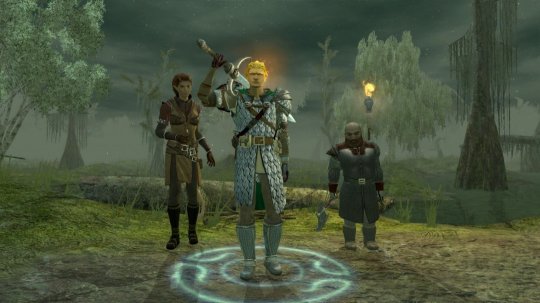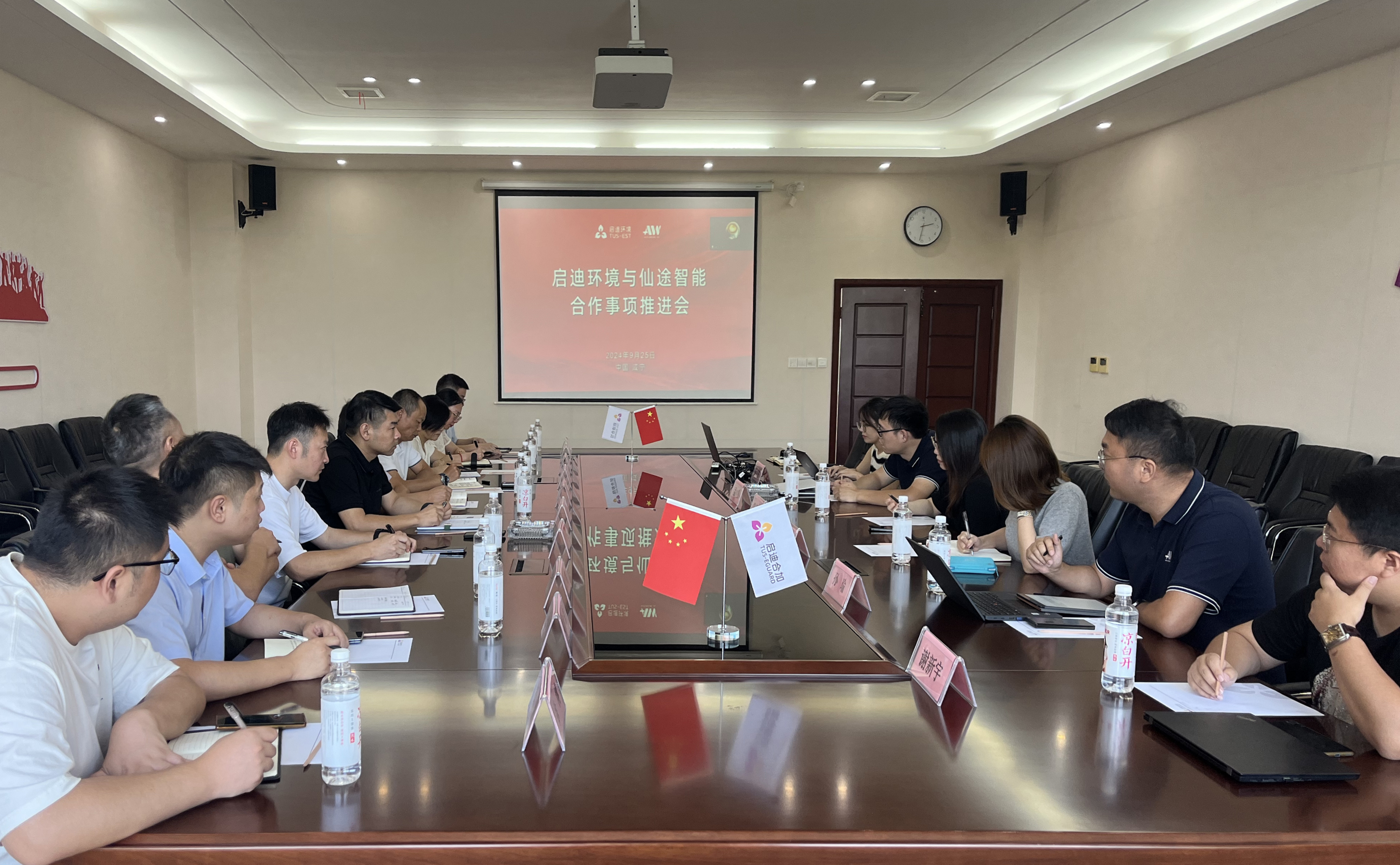Webb telescope makes curious find in deep space: alcohol
The 关键字3powerful eye of the James Webb Space Telescope has spotted vital chemicals around two youthful stars.
Astronomers focused the space observatory, which orbits 1 million miles from Earth, on cosmic regions around these protostars, which are so youthful they haven't yet formed planets. But they almost certainly will: NASA suspects nearly every star has at least one planet.
And in these planet-forming regions the Webb telescope found "complex organic molecules," including ethanol (the alcohol found in alcoholic beverages) as well as another ingredient found in vinegar. Crucially, these ingredients, which form into icy materials in frigid space, might one day become part of future solar system objects, including the large space rocks that can carry organic molecules and important materials to planets. (Much of Earth's water, for example, may have come from asteroid impacts.)
"All of these molecules can become part of comets and asteroids and eventually new planetary systems when the icy material is transported inward to the planet-forming disk as the protostellar system evolves," Ewine van Dishoeck, an astronomer at Leiden University and an author of the new research, said in a NASA statement. "We look forward to following this astrochemical trail step-by-step with more Webb data in the coming years."
SEE ALSO: Webb telescope makes unexpected find in outskirts of our solar systemThe new research has been accepted for publication in the peer-reviewed journal Astronomy & Astrophysics.
The Webb telescope carries instruments, called spectrometers, that can detect the composition of distant objects or places, like the atmospheres of alien planets. Spectrometers separate the light coming from these objects, similar to a prism. Different elements or molecules absorb different types of light, so the light viewed by Webb can discern what chemicals are there, and which aren't.
The first graphic below shows the different light spectrums Webb picked up while scanning the distant protostar IRAS 2A. Ethanol was present in different groups of icy materials.
 The complex organic molecules identified by the James Webb Space Telescope around the protostar IRAS 2A. Credit: NASA / ESA / CSA / L. Hustak (STScI) // Science: W. Rocha (Leiden University)
The complex organic molecules identified by the James Webb Space Telescope around the protostar IRAS 2A. Credit: NASA / ESA / CSA / L. Hustak (STScI) // Science: W. Rocha (Leiden University)  The chemical-rich region of space around the protostar IRAS 23385. Credit: NASA / ESA / CSA / W. Rocha (Leiden University)
The chemical-rich region of space around the protostar IRAS 23385. Credit: NASA / ESA / CSA / W. Rocha (Leiden University) In addition to alcohol, the Webb telescope identified formic acid, methane, and likely acetic acid, NASA explained. Crucially, these are "key ingredients for making potentially habitable worlds," the space agency said.
A habitable world is one that harbors conditions that can sustain life — though this doesn't nearly mean there's life there. NASA is currently sleuthing for worlds that might be habitable, some of which might even resemble ocean-covered Earth.
Featured Video For You
10 mind-blowing discoveries from the James Webb Telescope
The Webb telescope's powerful abilities
The Webb telescope — a scientific collaboration between NASA, the ESA, and the Canadian Space Agency — is designed to peer into the deepest cosmos and reveal new insights about the early universe. But it's also peering at intriguing planets in our galaxy, along with the planets and moons in our solar system.
Here's how Webb is achieving unparalleled feats, and likely will for decades:
- Giant mirror: Webb's mirror, which captures light, is over 21 feet across. That's over two-and-a-half times larger than the Hubble Space Telescope's mirror. Capturing more light allows Webb to see more distant, ancient objects. As described above, the telescope is peering at stars and galaxies that formed over 13 billion years ago, just a few hundred million years after the Big Bang.
"We're going to see the very first stars and galaxies that ever formed," Jean Creighton, an astronomer and the director of the Manfred Olson Planetarium at the University of Wisconsin–Milwaukee, told Mashable in 2021.
Related Stories
- Webb telescope just found the holy grail in a famous supernova
- Stunning Webb telescope photo shows actual bending of spacetime
- You should buy eclipse glasses right NOW. Here's how to find legit ones.
- What will happen when the next supervolcano erupts, according to NASA
- If a scary asteroid will actually strike Earth, here's how you'll know
- Infrared view: Unlike Hubble, which largely views light that's visible to us, Webb is primarily an infrared telescope, meaning it views light in the infrared spectrum. This allows us to see far more of the universe. Infrared has longer wavelengths than visible light, so the light waves more efficiently slip through cosmic clouds; the light doesn't as often collide with and get scattered by these densely packed particles. Ultimately, Webb's infrared eyesight can penetrate places Hubble can't.
"It lifts the veil," said Creighton.
- Peering into distant exoplanets: As noted earlier, the Webb telescope carries specialized equipment called spectrographsthat will revolutionize our understanding of these far-off worlds. The instruments can decipher what molecules (such as water, carbon dioxide, and methane) exist in the atmospheres of distant exoplanets — be they gas giants or smaller rocky worlds. Webb will look at exoplanets in the Milky Way galaxy. Who knows what we'll find?
"We might learn things we never thought about," Mercedes López-Morales, an exoplanet researcher and astrophysicist at the Center for Astrophysics-Harvard & Smithsonian, told Mashable in 2021.
Already, astronomers have successfully found intriguing chemical reactions on a planet 700 light-years away, and as described above, the observatory has started looking at one of the most anticipated places in the cosmos: the rocky, Earth-sized planets of the TRAPPIST solar system.
(责任编辑:余雪,你还在倔强)
-
 在洛克人时空裂隙中有许多角色可以选择,不同的角色强度不一样,许多玩家不知道哪些角色比较强,下面就为大家带来洛克人时空裂隙中角色的强度排行一览,有需要的玩家可以参考。洛克人时空裂隙角色强度排行一、艾克斯
...[详细]
在洛克人时空裂隙中有许多角色可以选择,不同的角色强度不一样,许多玩家不知道哪些角色比较强,下面就为大家带来洛克人时空裂隙中角色的强度排行一览,有需要的玩家可以参考。洛克人时空裂隙角色强度排行一、艾克斯
...[详细]
-
นายกฯ มอบแม่ทัพภาค 2 เจรจากัมพูชา ปรับเวลาเปิด
ข่าวทั่วไป17:19น.2025-06-11Facebook iconFacebookTwitter iconTwitterLINE iconLineน.ส.แพทองธาร ชินวัตร ...[详细]
-
 今日(6月9日)Aspyr宣布《无冬之夜2:增强版》将于7月15日发售,登陆PS5、XSX/S、Switch和PC(Steam和GOG)。本作已上架Steam,游戏预告和截图公布,售价108元,现在预
...[详细]
今日(6月9日)Aspyr宣布《无冬之夜2:增强版》将于7月15日发售,登陆PS5、XSX/S、Switch和PC(Steam和GOG)。本作已上架Steam,游戏预告和截图公布,售价108元,现在预
...[详细]
-
 灌篮高手出招表详解基本操作:A 传球和抢断 ;B 投篮和灌篮;B+C超级灌篮;A+C 花式传球,上+B争球 ;下+B 盖火锅 每队的主要队员也都有其特色. 较特殊的有: 宫城:在禁区内蓝框附近bc齐按
...[详细]
灌篮高手出招表详解基本操作:A 传球和抢断 ;B 投篮和灌篮;B+C超级灌篮;A+C 花式传球,上+B争球 ;下+B 盖火锅 每队的主要队员也都有其特色. 较特殊的有: 宫城:在禁区内蓝框附近bc齐按
...[详细]
-
 身份验证实名制投递、自动开门、语音提示、垃圾桶满桶自动报警、24小时垃圾投递视频监控、后台大数据分析……眼下最热门的物联网与AI人工智能科技正在助力各地城市社区垃圾分类有效推进。“本小区已正式实行垃圾
...[详细]
身份验证实名制投递、自动开门、语音提示、垃圾桶满桶自动报警、24小时垃圾投递视频监控、后台大数据分析……眼下最热门的物联网与AI人工智能科技正在助力各地城市社区垃圾分类有效推进。“本小区已正式实行垃圾
...[详细]
-
 The Florida Panthers, who had been nearly flawless in the playoffs under coach Paul Maurice, suffere
...[详细]
The Florida Panthers, who had been nearly flawless in the playoffs under coach Paul Maurice, suffere
...[详细]
-
 在魔法之路中毒夫人是一位擅长使用中毒和持续伤害技能的角色,并能在战斗中提供控制效果,部分玩家不知道毒夫人主C阵容应该怎么玩,下面就为大家带来魔法之路中毒夫人主C阵容的玩法攻略,有需要的玩家可以参考。魔
...[详细]
在魔法之路中毒夫人是一位擅长使用中毒和持续伤害技能的角色,并能在战斗中提供控制效果,部分玩家不知道毒夫人主C阵容应该怎么玩,下面就为大家带来魔法之路中毒夫人主C阵容的玩法攻略,有需要的玩家可以参考。魔
...[详细]
-
 感情的债金佩珊流金岁月歌曲:感情的债作词:龙文作曲:龙文演唱:金佩珊歌曲时间:4分05秒lrc编辑:唐晟Lrc歌词网:www.555uuu.cn长夜空相思枕畔独凄凉这份感情的债早已万万难偿就让青春像一
...[详细]
感情的债金佩珊流金岁月歌曲:感情的债作词:龙文作曲:龙文演唱:金佩珊歌曲时间:4分05秒lrc编辑:唐晟Lrc歌词网:www.555uuu.cn长夜空相思枕畔独凄凉这份感情的债早已万万难偿就让青春像一
...[详细]
-
 2020年10月1日起,海南三亚在全市范围内推行生活垃圾分类工作,将于2022年基本建成生活垃圾分类处理系统。截至2020年底,全市共计建设智慧垃圾屋135座、智能垃圾屋254组、垃圾分类亭184座,
...[详细]
2020年10月1日起,海南三亚在全市范围内推行生活垃圾分类工作,将于2022年基本建成生活垃圾分类处理系统。截至2020年底,全市共计建设智慧垃圾屋135座、智能垃圾屋254组、垃圾分类亭184座,
...[详细]
-
 垃圾分类小课堂茶叶渣属于什么垃圾中国是茶的故乡,素有品茶的习惯,喝茶的人非常多,那么大家在喝茶的过程中,会产生泡过的茶叶,大家有没有思考过,泡过的茶叶属于什么垃圾?茶叶渣属于厨余垃圾。如果是小袋包装密
...[详细]
垃圾分类小课堂茶叶渣属于什么垃圾中国是茶的故乡,素有品茶的习惯,喝茶的人非常多,那么大家在喝茶的过程中,会产生泡过的茶叶,大家有没有思考过,泡过的茶叶属于什么垃圾?茶叶渣属于厨余垃圾。如果是小袋包装密
...[详细]
- Hai xe tải đối đầu, 4 người thương vong ở Bình Dương
- Best headphones deal: Save $120 on Sony WH
- 《无冬之夜2:增强版》新预告 将于7月15日发售
- 法兰西之盾洛里斯登陆实况,实力超群众星梦幻上线!
- The Biggest Roadside Attractions in the Midwest
- MEDEZE ร่วมมือ สธ.เปิด ATMPs Sandbox ในกทม.นำร่องโรคข้อเข่าเสื่อม : อินโฟเควสท์
- UNIQ เคาะดอกเบี้ยหุ้นกู้ 2 ปีที่ 6.50% รายใหญ่

 无人驾驶环卫装备迈入应用新阶段!环境与仙途智能“1+1模式” 打造新质生产力
无人驾驶环卫装备迈入应用新阶段!环境与仙途智能“1+1模式” 打造新质生产力 “粤贸全国”双展同日启幕 粤企“聚光”海内外
“粤贸全国”双展同日启幕 粤企“聚光”海内外 阿联酋主裁将执法国足VS巴林 曾两度主哨泰山亚冠比赛
阿联酋主裁将执法国足VS巴林 曾两度主哨泰山亚冠比赛 Best headphones deal: Save $120 on Sony WH
Best headphones deal: Save $120 on Sony WH TP.HCM mây đen ngập trời, gió rít liên hồi, nơi nào sắp hứng mưa lớn?
TP.HCM mây đen ngập trời, gió rít liên hồi, nơi nào sắp hứng mưa lớn?
